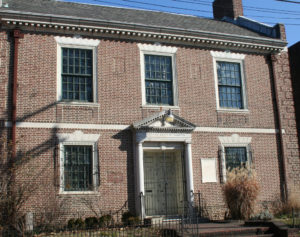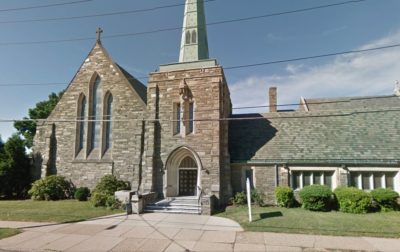
See below to get help.

Frankford Community Blog | Local News, Events, Community Resources

See below to get help.


The Philly Captain is not always historically accurate but he is always interesting. Here he starts out at the Knights of Pythias/Greenwood Cemetery on Adams Avenue.
Come Sail with The Captain as he shows you some graves from 3 different cemeteries in Philadelphia. See the grave of the parents of W.C. Fields and hear about the worst mother of all time. See a Blue Note, an American Hero and two baseball players.

The Historical Society of Frankford live streamed Fred Prescott’s presentation of the Story of Wistar Park last night in place of their regular monthly in person meeting.
Fred is our former neighbor from Griscom Street and his roots go way back in Frankford history. He packed a lot of history into this video. Take a look.

Blessing of the Animals – October 18th at 10 AM – In the Courtyard, weather permitting – All are welcome.
Trunk or Treat – Distribution of candy for children in a safe space – October 31st from 4:30 PM to 5:30 PM on the side lawn.

Join us for the Historical Society of Frankford’s next live streaming event on Tuesday evening , October 13th, at 7:30 PM, when board member Fred Prescott will discuss the history of Wistar Park, the first official ballfield in this part of town.

Fred’s lecture will be drawn from our archival resources but will also be flavored by his own personal recollections of growing up in Frankford. The growth and development of amateur and semi-professional sports locally will be shown in the context of the rise of professional sports leagues throughout the United States in the years following the Civil War. And learn the story of the found, lost park.